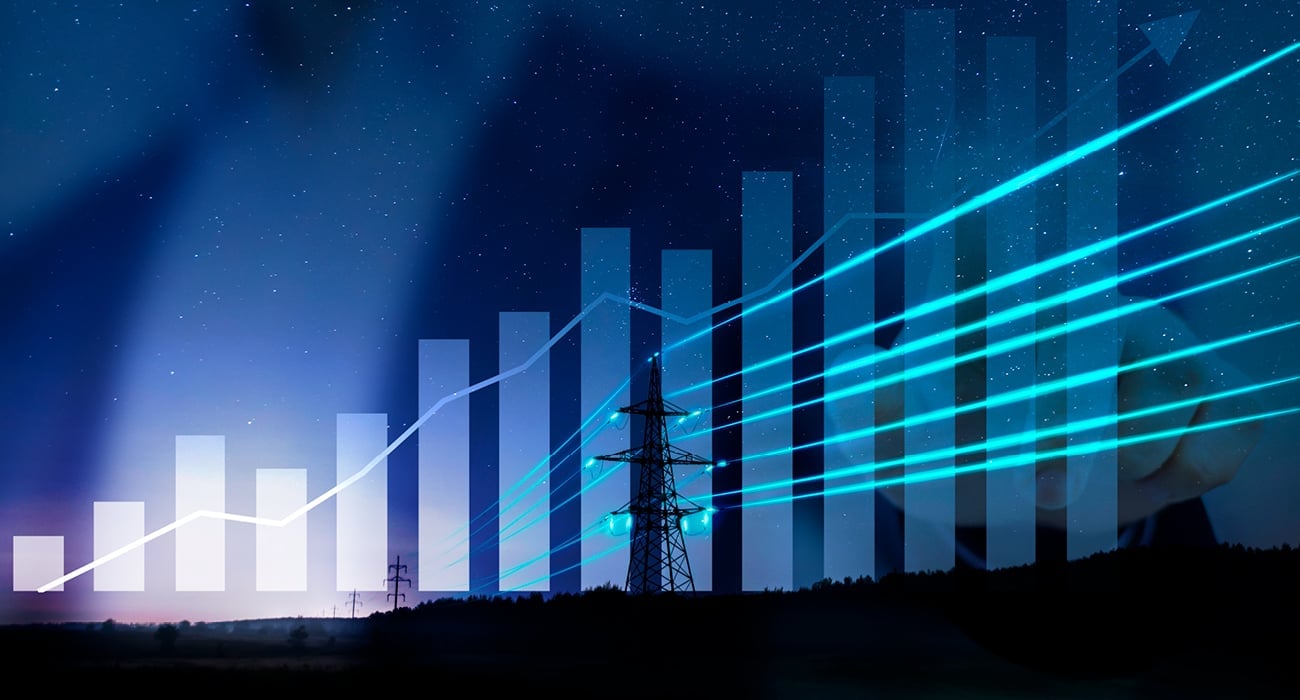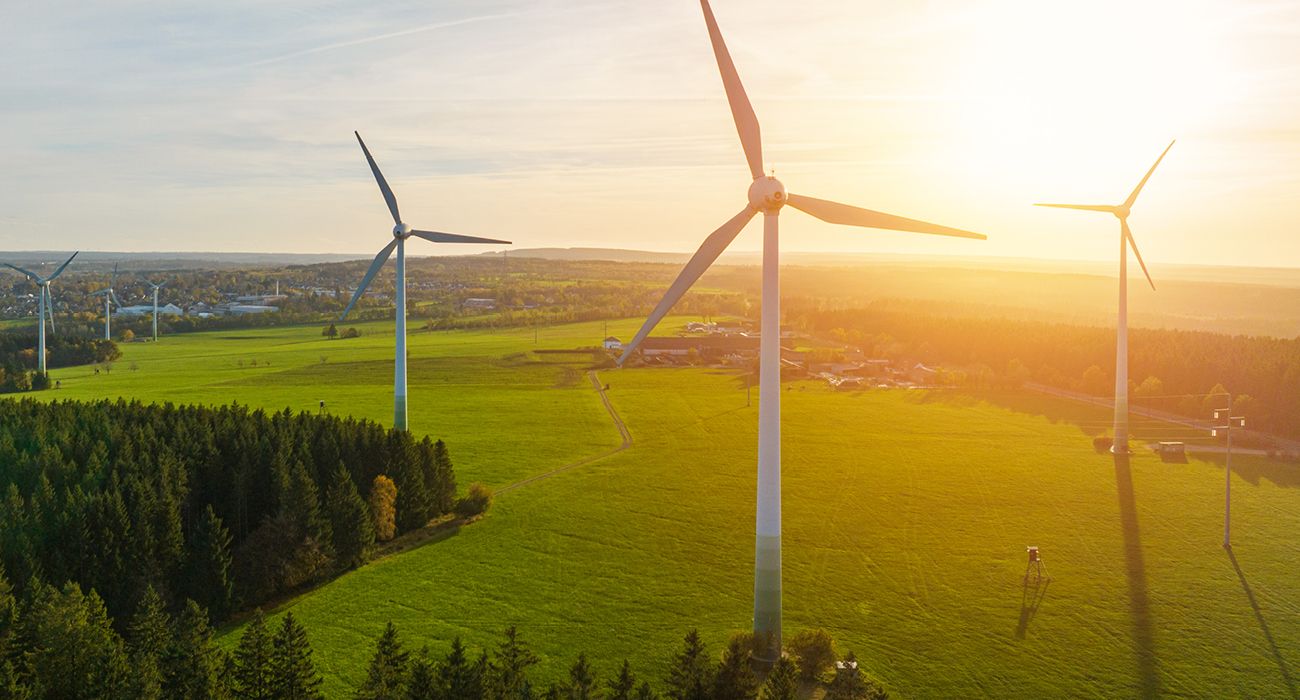With summer receding, energy consumers are turning their attention to the colder weather ahead and asking: What can we expect price wise over the coming winter?
If only we could tell you for certain.
What we can do, however, is share five factors that we, on the Optimisation Desk, will be closely monitoring ourselves in terms of key price-drivers.
1. Generation margins
The most fundamental price driver for any commodity is the relationship between supply and demand.
In recent years, as we’ve approached the cold season, we’ve seen much speculation about whether the UK has enough of a supply cushion to prevent the lights going out should an unexpected cold snap or power station outage occur.
If this cushion – or generation margin – is looking tight, prices tend to rise.
But this year, the picture is looking far healthier than last, with our own analysis showing a comfortable margin. This will likely give the market more confidence – and confidence equates to more stable prices.
2. Global liquefied natural gas demand
Imports of liquefied natural gas (LNG) have filled the gap left by the absence of Russian gas for much of Europe. But this new demand has increased global competition, creating more volatility in the LNG market.
However, thanks to a new European Union (EU) regulation introduced last year, Europe’s vast gas storage facilities have been busy topping up over the summer. So capacity is already close to 95% as we prepare to head into winter.
In contrast, gas storage in the UK is woefully inadequate, with only enough capacity to supply just 12 average days (or 7.5 days during winter peaks).
We are therefore at the mercy of the markets, which is why we closely monitor demand from our biggest LNG competitors in Asia.
Looking east, China’s economy is starting to pick up post covid-19 lock-downs. But recent analysis by Reuters suggest it’s expected to grow more slowly than originally forecast. And in Japan, an increase in their domestic nuclear and renewable output is expected to reduce dependence on external fuel imports.
If these scenarios play out, there is likely to be less pressure on LNG prices over the winter.
The weather will also be a key driver for global LNG demand. If we see milder than expected temperatures throughout the northern hemisphere, this will also help to reduce global competition for LNG, softening prices.
3. Interconnector flows
The UK imports around 8% of our power requirements via our network of undersea interconnectors. Much of this comes via France, courtesy of our neighbour’s nuclear fleet.
After a long period of unplanned maintenance and safety concerns at multiple French reactors – which last winter, significantly reduced the volume of power we could import – nuclear output is starting to look more stable and plentiful.
As long as this continues, the availability of this power source will reduce pressure on prices.
Elsewhere in the network, a brand new interconnector from Lincolnshire to Denmark is due to open in January 2024, providing access to a potential 1.4 gigawatt (GW) supply of power. This will be a welcome addition during the peak winter months.
4. Weather
The El Nino weather pattern – which occurs when surface sea temperatures in the eastern and central Pacific Ocean rise to above-average temperatures – looks likely to persist throughout the forthcoming winter and into 2024.
This means a greater likelihood of warmer than average weather for us in the UK and across Europe. And indeed, most long-range forecasts – at least for Q4 2023 – point to this too.
Milder conditions will obviously help to reduce gas demand for heating over the winter months. This means gas reserves, especially in Europe, are likely to last longer, which means less pressure on prices overall.
5. The wider economic picture
While UK energy prices have fallen recently, they are still much higher than pre-2022 levels. So even with a continuing price cap for domestic consumers, energy costs will remain too costly for many to switch their heating on over the coming winter months.
This, along with the ongoing impact of inflation resulting in higher prices for essentials such as food, mortgages and petrol, is expected to once again reduce the usual winter energy demand.
Certainly, over the last year (October 22 to October 23), domestic gas consumption dropped 10% compared to previous years.
As with any commodity, lower demand reduces pressure on prices. So even when prices are high to begin with, they remain lower than they could be if demand was more buoyant.
Get regular market updates
If you want to know more about what’s happening in the wholesale energy markets, subscribe to our LinkedIn profile for regular updates.
nBS customers who already get support from our Optimisation Desk can also access market updates and our full Winter Outlook report via the Risk Navigator portal.

/npm214%20Digital_H_UB43.jpg)


/npm214%20Digital_H_UB136.jpg)
/npm214%20Digital_H_UB27.jpg)
/npm214%20Digital_H_UB100.jpg)



/Author%20Profile%20Bannister_Sam_G.png)
